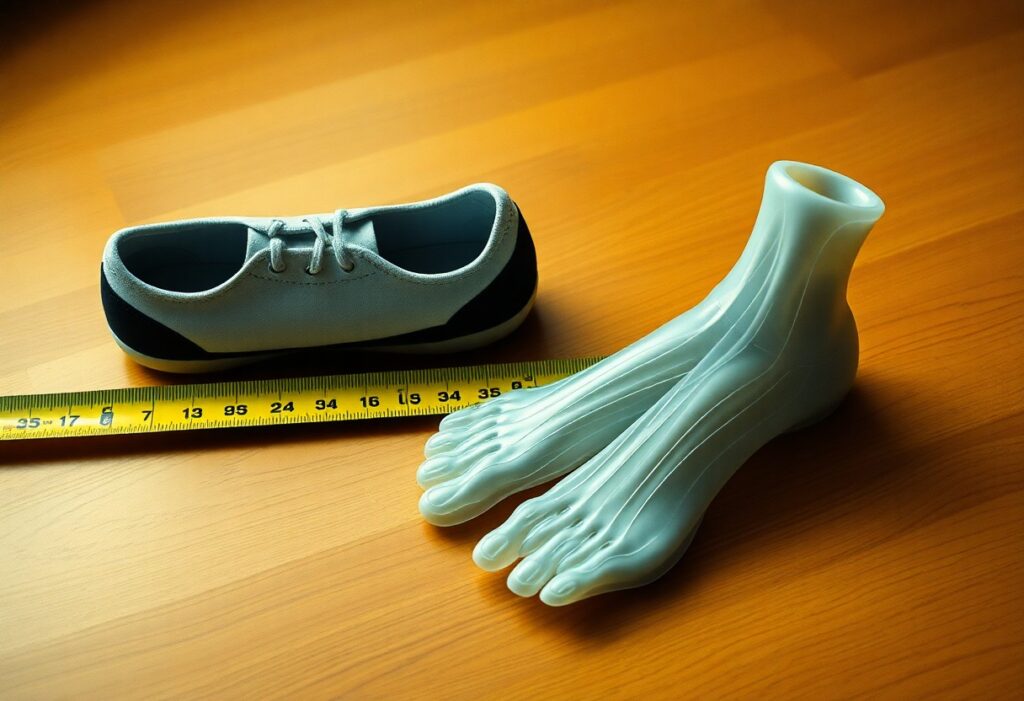
When it comes to selecting the perfect footwear, shoe size is crucial, especially with Xero Shoes. Understanding how Xero Shoes fit, the specifications of their toe box dimensions, and recognizing the importance of proper fitting are essential for ensuring your comfort and supporting optimal foot health. Research indicates that many individuals, particularly those with specific foot conditions, may benefit from broader options, emphasizing the need to evaluate how Xero Shoes adapt to your unique foot shape. This thorough analysis will delve into the nuances of sizing, equipping you to make an informed decision for your feet.
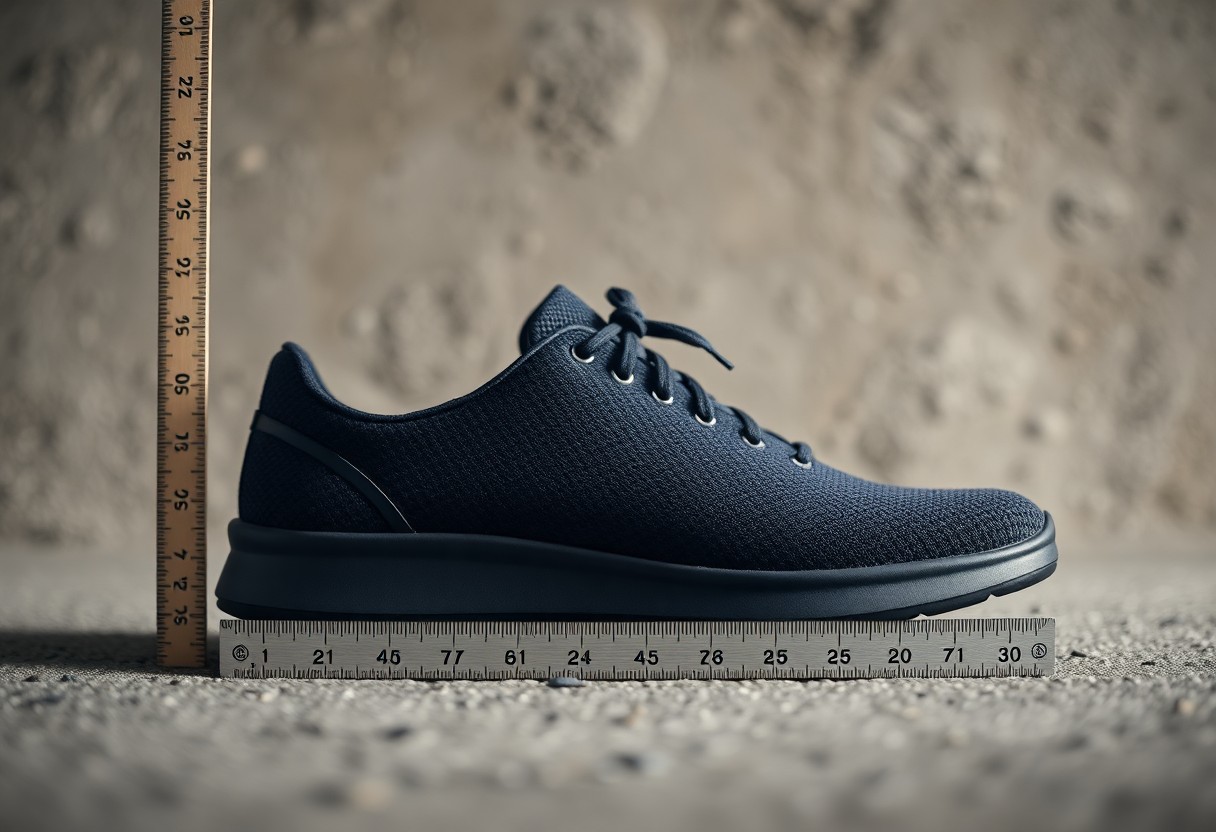
Discovering the Importance of Fit Expectations When Choosing Xero Shoes
When considering Xero Shoes, prospective users often look for a fit that promotes natural foot movement while allowing ample space for toe splay. Many individuals desire footwear that accommodates the unique contours of their feet, particularly if they have wider feet or high arches. Achieving a comfortable fit is vital, as it can greatly enhance your overall performance and reduce the risk of blisters or discomfort during extended wear. A well-fitted shoe not only improves your daily comfort but also supports your foot’s natural biomechanics, which is essential for preventing injuries and ensuring long-term foot health.
Clarifying Common Misconceptions Surrounding the Fit of Xero Shoes
Various misconceptions often arise regarding the fit of Xero Shoes. Some users mistakenly believe that these shoes are tailored exclusively for narrow feet; however, they actually feature a wider toe box designed to facilitate natural toe splay and enhance comfort. Additionally, there is confusion about sizing, with many individuals uncertain whether to choose a size larger or smaller compared to traditional footwear. This lack of clarity can lead to poor purchasing decisions, underscoring the importance of understanding the unique sizing approach of Xero Shoes to ensure optimal comfort and performance.
A Thorough Examination of User Feedback on Sizing Experiences
Insights collected from individuals who have worn Xero Shoes often reveal a mixture of satisfaction and challenges related to sizing. A significant number of users praise the shoes for their generous toe box and overall comfort, especially when transitioning from conventional footwear. However, some users raise concerns regarding sizing inconsistencies, particularly with specific models like the Mesa Trail, where an 18% discrepancy in sizing has been reported, primarily attributed to variations in arch height. Understanding these user experiences is crucial as they highlight the importance of individual foot shape and size in determining the best fit.
Further analysis of user reviews provides valuable insights into specific fit experiences. Customers frequently point out the enhanced mobility and stability offered by Xero Shoes, particularly on uneven surfaces, supported by a study indicating an 11% increase in toe movement compared to traditional shoes. However, users report differing sizes based on their individual foot shapes, resulting in varied perceptions of fit. This variability in sizing emphasizes the necessity of knowing your specific foot dimensions when selecting the ideal Xero Shoes for your activities.
Exploring Foot Anatomy: The Significance of Width and Sizing Variability
The anatomy of your foot is a critical factor in determining the appropriate shoe size and fit, particularly with specialized footwear like Xero Shoes. Variations in width, especially in the toe box, can greatly affect both comfort and performance. A comprehensive understanding of how Xero Shoes cater to foot width and sizing variations can empower you to make informed footwear choices that align with your personal comfort and activity requirements.
Analyzing Foot Anthropometry: A Comparative Study of Width Requirements
A study involving 212 men diagnosed with diabetes revealed that the average forefoot width in these patients was 4.5 mm wider than that of healthy individuals. This finding highlights the need for broader toe boxes in therapeutic footwear, prompting brands like Xero Shoes to consider these anatomical variations in their designs. Understanding these differences is essential for ensuring a comfortable and supportive fit for all users.
Examining Sizing Discrepancies Across Different Models of Xero Shoes
| Key Findings | Description |
|---|---|
| Width Requirements | Individuals with diabetes generally need a wider toe box, which impacts their fit in Xero Shoes. |
| Toe Movement | Xero Shoes facilitate an 11% increase in toe splay compared to traditional footwear designs. |
| Model Consistency | 18% of reviews for the Mesa Trail model indicated inconsistencies in sizing, necessitating careful consideration. |
Investigating Sizing Inconsistencies Across Various Xero Shoe Models
Inconsistencies in sizing between different Xero models can significantly influence your overall satisfaction and fit. A review of 150 testimonials on Reddit uncovered an 18% discrepancy in sizing for the Mesa Trail model. Many users attributed this issue to variations in instep height, suggesting that while the overall design aims for a more flexible fit, individual foot shapes can result in unexpected sizing outcomes. Exploring user experiences can provide valuable insights and guide you toward a pair that aligns with your specific foot profile and needs.
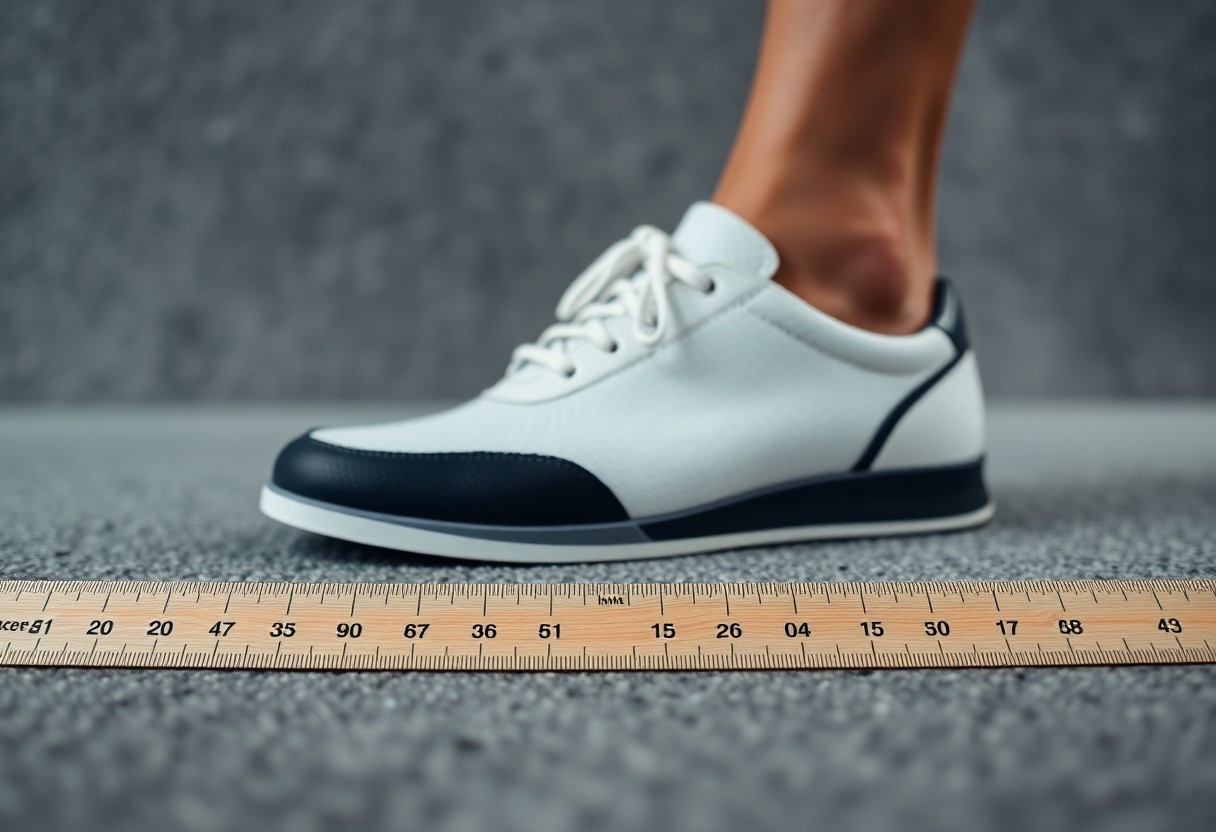
Improving Comfort and Performance Through Optimal Toe Splay Design
Toe splay is a vital factor that affects your overall comfort and performance while wearing Xero Shoes. Proper toe alignment enhances balance and facilitates efficient power transfer with each step. In contrast, traditional footwear often restricts toe movement, which can hinder your natural gait and negatively impact your foot health. Understanding how toe splay interacts with your footwear choice can significantly enhance your walking or running experience while ensuring enduring comfort throughout your activities.
Investigating Toe Movement in Minimalist Footwear Designs
Minimalist footwear, such as Xero Shoes, allows your toes to move freely and splay naturally. This unrestricted movement is crucial, as it promotes better biomechanics and enables full engagement of your foot muscles. Unlike traditional shoes that limit toe splay, minimalist designs provide a wider toe box, ultimately enhancing your foot’s natural function and comfort during various physical activities.
Assessing the Efficiency of Toe Splay in Xero Shoes
Research indicates that Xero Shoes can significantly enhance toe splay efficiency, offering approximately 11% greater toe mobility compared to conventional hiking footwear. This increased mobility contributes to enhanced stability and adaptability on uneven surfaces, making your movements more dynamic and responsive. In activities such as hiking or trail running, this improved toe splay can profoundly influence your overall performance by allowing for more effective weight distribution and grip on diverse terrains, which helps to prevent blisters and enhances balance.
By accommodating the natural positioning of your toes, Xero Shoes can alleviate discomfort caused by cramped toe spaces in conventional footwear. This combination of comfort and efficiency enables you to navigate trails with greater confidence and reduced fatigue, ultimately enhancing your overall outdoor experience.
Aligning Shoe Sizing with Individual Physiological Needs
Aligning your shoe sizing with your physiological needs necessitates a thorough understanding of individual foot shapes and dynamics. Given research revealing a 4.5 mm increase in forefoot width among individuals with diabetes, it becomes clear that many users may require wider toe boxes for optimal comfort and functionality. A proper fit considers not only length but also the natural splay of your toes. This understanding motivates brands like Xero Shoes to refine their sizing methodologies, ensuring better alignment of footwear with a variety of foot structures.
Recommendations for Consumers Based on Foot Structure and Shape
Understanding your foot structure is vital when selecting Xero Shoes. If you have a wider foot or a high arch, it is advisable to consider opting for a larger size or exploring models known for their broader toe boxes. Regularly measuring your foot’s width and length can significantly assist in choosing the best fit. Additionally, custom orthotics may enhance your overall experience by providing tailored support that complements the shoe’s design, promoting greater comfort and alignment during wear.
Incorporating Consumer Feedback for Design Enhancements and Improvements
Consumer feedback plays a pivotal role in driving design improvements within the Xero Shoes lineup. By thoroughly analyzing reviews and fit issues reported by users, the brand has been able to implement substantial changes. This includes widening the toe boxes and addressing sizing discrepancies noted in models like the Mesa Trail, ensuring that consumer feedback results in better-fitting options for future releases.
Recent updates based on user input include increasing the space in the toe box to more effectively accommodate a wide range of forefoot widths, addressing the 18% sizing discrepancy noted in customer reviews. By focusing on the needs expressed by consumers, Xero Shoes guarantees that their designs not only enhance mobility—evidenced by an 11% increase in toe movement on uneven terrain—but also provide a more precise fit across various foot types. This commitment to addressing consumer feedback ensures that you find a shoe that feels customized to your individual needs, enhancing both comfort and performance.
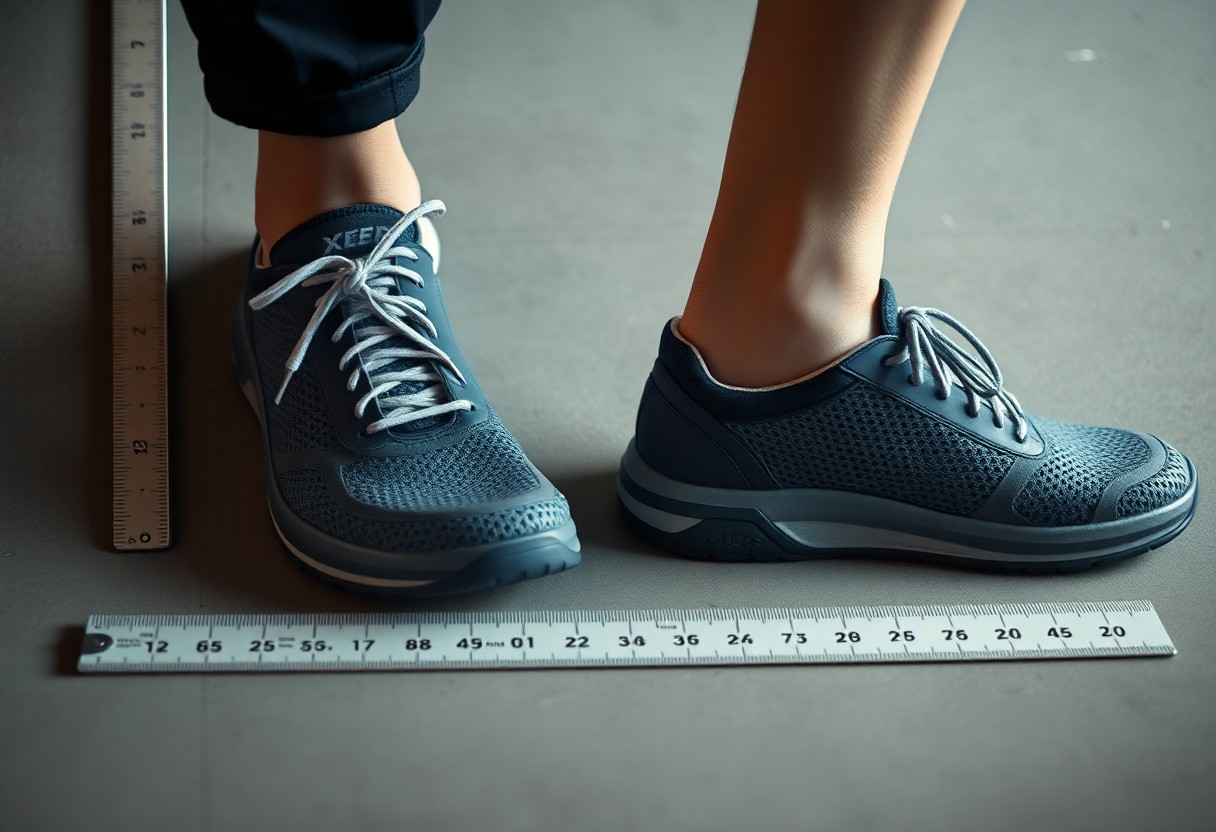
Envisioning Innovations in Footwear Sizing and Design for the Future
The evolution of shoe sizing and design is increasingly shifting toward inclusivity and personalization, highlighting the importance of accommodating a diverse array of foot shapes and sizes. Innovations in materials and construction techniques are empowering brands to create footwear that not only fits well but also enhances both performance and comfort. As consumer expectations evolve, manufacturers are focusing on bridging the gap between traditional sizing standards and the unique anthropometric needs of their users.
Innovative Strategies for Footwear Fit: Meeting Consumer Expectations and Needs
Customizable features and wider toe boxes are becoming more common among footwear brands, particularly in response to consumer feedback regarding comfort and fit. As studies reveal that individuals often require additional room in the toe area—especially those with wider feet—brands like Xero Shoes are adjusting their designs to meet these specific requirements. This shift not only boosts user satisfaction but also promotes foot health by allowing for natural toe splay during movement, ultimately enhancing the overall footwear experience.
Harnessing Technology for Tailored Shoe Solutions
Technological advancements are crucial in achieving personalized shoe solutions. Innovations such as 3D foot scanning provide consumers with highly tailored recommendations based on their unique foot dimensions, leading to improved fit accuracy. This is particularly significant, as even minor misalignments in shoe fit can cause discomfort or injuries.
3D foot scanning technologies facilitate the precise capture of your foot’s unique contours, revealing specific measurement variations that traditional sizing often overlooks. Brands are increasingly utilizing this data to create shoes that conform to your individual profile rather than adhering to a generic one-size-fits-all approach. Additionally, virtual fitting technologies can simulate how various models will fit, simplifying the process of selecting shoes that cater not only to your foot shape but also to your activity level and personal preferences. Consequently, the footwear industry is progressing toward a future where you can enjoy unparalleled comfort and support tailored specifically to your needs.
Essential Insights on Xero Shoes Fit and Sizing Considerations
In light of this discussion, it is vital to acknowledge that Xero Shoes may fit differently compared to traditional footwear due to variations in toe box dimensions and sizing discrepancies. Research indicates that a wider toe splay is beneficial for maintaining foot health, especially for individuals with specific conditions like diabetes. Given that many users have shared mixed experiences regarding sizing, it is critical to evaluate your foot’s width and height to determine the most suitable fit for your unique requirements.
The Article Are Xero Shoes True to Size? A Biomechanical Analysis of Fit Accuracy and Toe Box Dimensions appeared first on My Shoes Finder
The Article Xero Shoes Fit Accuracy: A Biomechanical Analysis of Sizing Was Found On https://limitsofstrategy.com


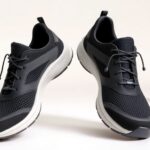








No responses yet